 Eshiqita Washington
UUA Printing | Owner
Eshiqita Washington
UUA Printing | Owner
Smyrna, GAESHIQITA WASHINGTON, CO-OWNER of UUA Printing in Smyrna, GA, has been a leader in the screen printing and marketing industry for more than 25 years. With a background in sales, promotions, and branding — including 10 years at Clear Channel Radio — she brings a unique blend of creativity and strategy to every project.
A certified marketing professional, Washington is passionate about helping clients communicate their brand through high-quality printed products. Beyond business, she is deeply engaged in her community, earning multiple awards for service and leadership, while mentoring and inspiring the next generation of entrepreneurs.
Q: How can shop owners better integrate branding strategy into their printing services to add value for their clients?
That’s a twofold question. With today’s technology, including AI and all the new tools available, there are so many resources to help a business run more smoothly. My advice is: stay educated. Take classes, keep up with new technology, and understand what’s out there.
Knowing the latest printing methods, turnaround times, inks, and processes not only bring value to your business but also to your clients. Things change so quickly now you need to stay on top of the market and your product.
Q: What industry changes or technologies have had the greatest impact on your business, and how do you decide which innovations to invest in?
We love color, so equipment that expands capabilities is always appealing. Right now, we can run 100 one-color shirts an hour on the automatic. We also use a manual press, offer in-house sublimation, and use a service for DTF transfers.
I regret not buying a DTF printer when it first came out. At the time, I thought, “Let’s wait and see.” But demand has skyrocketed because clients want lots of colors in small quantities, and setups for those jobs aren’t cost-effective with screen printing. DTF solves that problem.
Q: You’ve given back to the community through mentorship, service, and education. How has this shaped your business and leadership style?
I never feel like I’ve done enough. There are always more kids to reach—high schoolers who don’t know what they want to do after graduation. I tell them, “If you’re creative and like working with your hands, this is a great business.”
I also teach young people to use technology as a tool, not just for entertainment. I tell my son, “Make that computer make money for you.” The same goes for phones—they’re not just for texting; they’re for business.
We also support local initiatives. When the mayor calls about food service or community events, we print signs, shirts, or whatever’s needed. It’s important to give back.
Q: As a woman leading in the screen-printing industry, what qualities define true leadership, and how do you hope your example inspires other women?
Leadership is listening and responding to what people need but also knowing when to say, “I hear you, but that’s not what you really need.” A good leader balances both.
I see myself as an influential leader, someone who educates, encourages, and lets people take ownership. I lead from behind — showing people how, supporting them, and guiding them to success.
True leadership is about elevating others, influencing positively, and creating a legacy.
Advertisement
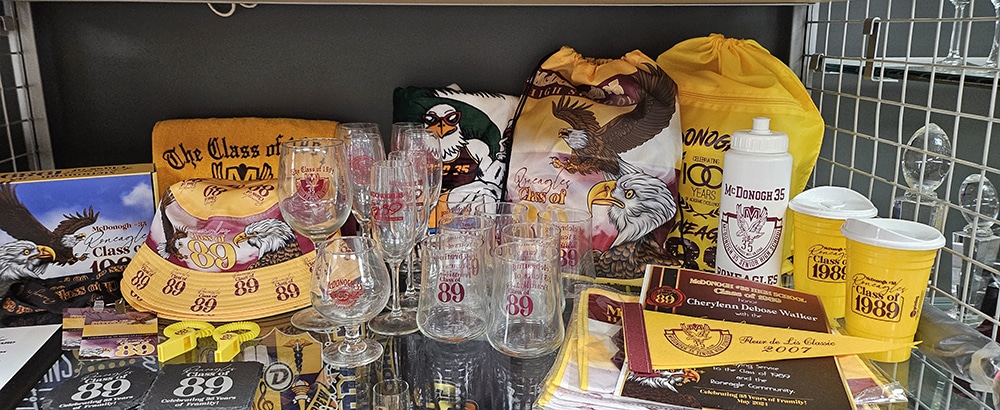
Q: What have been your best resources for staying current?
Trade shows are huge for me. I get excited like a kid in a toy store when I walk into one. They can be overwhelming, but they’re the best way to see what’s new, learn from educational sessions, and find tools or products to bring back to clients.
Webinars are also helpful for keeping up with trends and staying successful in marketing and branding.
Q: What have been your go-to marketing strategies?
After 27 years, our reputation speaks for itself. Word of mouth has been our strongest tool. We don’t do a lot of traditional branding. We even took down our building sign to avoid walk-ins looking for one T-shirt.
Most of our business is B2B, organizations, and event-based. Clients know to call us when they need something. I send occasional email blasts for hoodies or homecoming campaigns.
But the most effective strategy has been branded samples. I send clients useful items—mouse pads, pillows, hoodies—with our logo and a clever message. People love free stuff, and those samples keep us top of mind. For example, we once sent out lumbar pillows with “We’ve Got Your Back” printed on them. Clients loved them and placed orders for their own events.
Q: How do you decide who receives samples?
Usually, I target decision-makers, but sometimes it takes months to figure out who that is. For long-term clients, I’ll send multiple samples—maybe to a principal, assistant, and bookkeeper—because any of them might make a purchase decision.
I review sales in QuickBooks. Top spenders are always on my list, followed by a second tier, and then, if there’s anything left, others.
Q: What’s your shop setup?
Our manual press runs up to five colors. The automatic can handle about six colors with multiple stations. We also have sublimation equipment and two Roland printers for banners and signs.
We used to offer embroidery in-house but now outsource it to a trusted local partner. COVID shifted our focus—before the pandemic, we were doing lots of embroidery and school events. When events stopped, we pivoted to signs, banners, and masks. That’s what kept us in business.
Q: How did COVID change your business?
It changed it completely. We went from embroidery, screen printing, and school banners to printing signs, decals, floor graphics, and masks almost overnight.
At first, I thought we’d just wait it out, but my bookkeeper called to say the phones wouldn’t stop ringing. Clients needed “We’re Open” signs, social distancing markers, and masks with logos. We printed thousands of them.
Pivoting kept us alive. One lesson I learned: you have to be willing to recreate yourself when the market changes.
Q: Can you share specific examples of your community involvement?
I’m deeply involved with Dillard University Alumni Association, my alma mater’s chapter here in Atlanta. Katrina displaced us to Atlanta, but I stayed involved.
As president of the alumni chapter, I recruited students, awarded scholarships, and promoted Historically Black Colleges and Universities (HBCU) education. Helping young people find the right school and encouraging them to aim higher has been rewarding.
Even during Katrina, when we lost our home and business, Dillard and partners like the Sugar Bowl helped us get back on our feet. That support reinforced my belief in giving back.
PHOTO GALLERY (9 IMAGES)
Advertisement


 Expert Perspectives2 months ago
Expert Perspectives2 months ago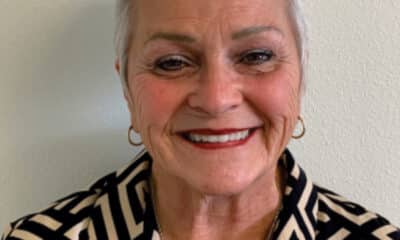
 Women in Screen Printing1 month ago
Women in Screen Printing1 month ago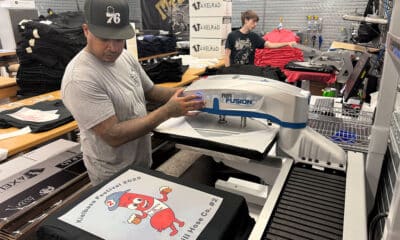
 Shop Management2 months ago
Shop Management2 months ago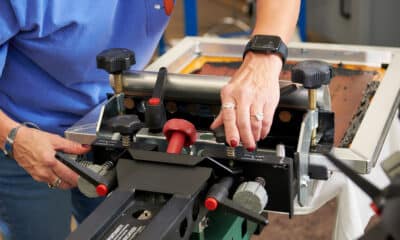
 Case Studies3 weeks ago
Case Studies3 weeks ago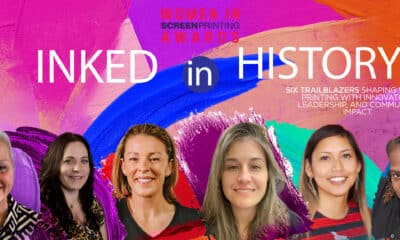
 Women in Screen Printing1 month ago
Women in Screen Printing1 month ago
 Kevin Baumgart2 months ago
Kevin Baumgart2 months ago
 Thomas Trimingham4 weeks ago
Thomas Trimingham4 weeks ago
 Marshall Atkinson1 month ago
Marshall Atkinson1 month ago


























